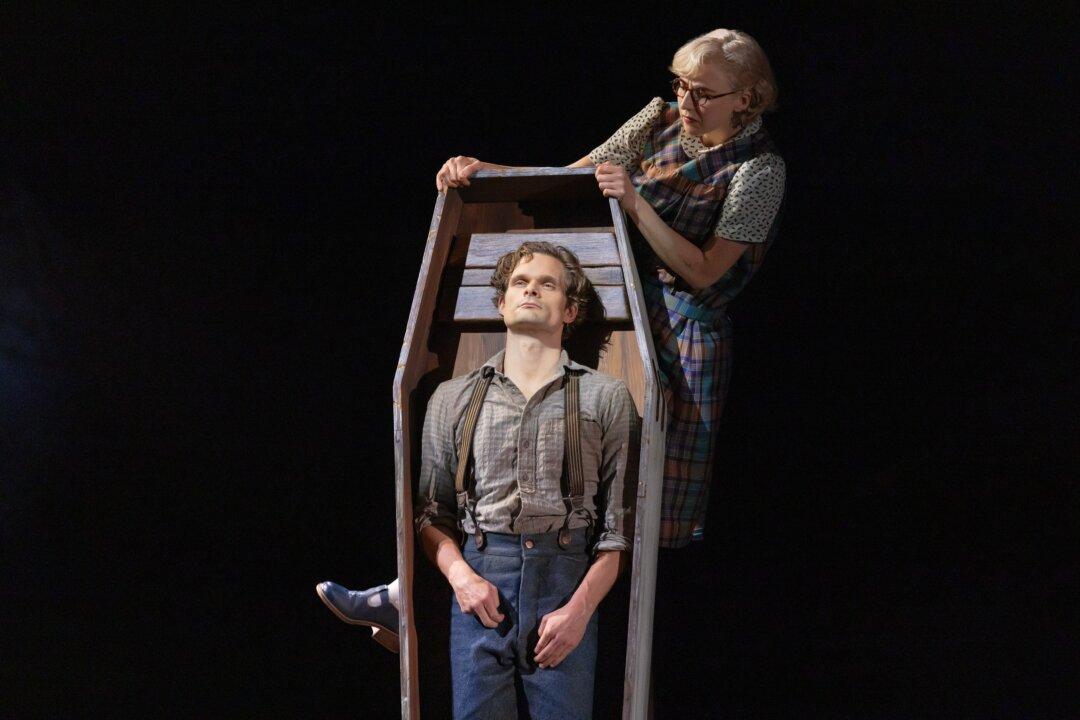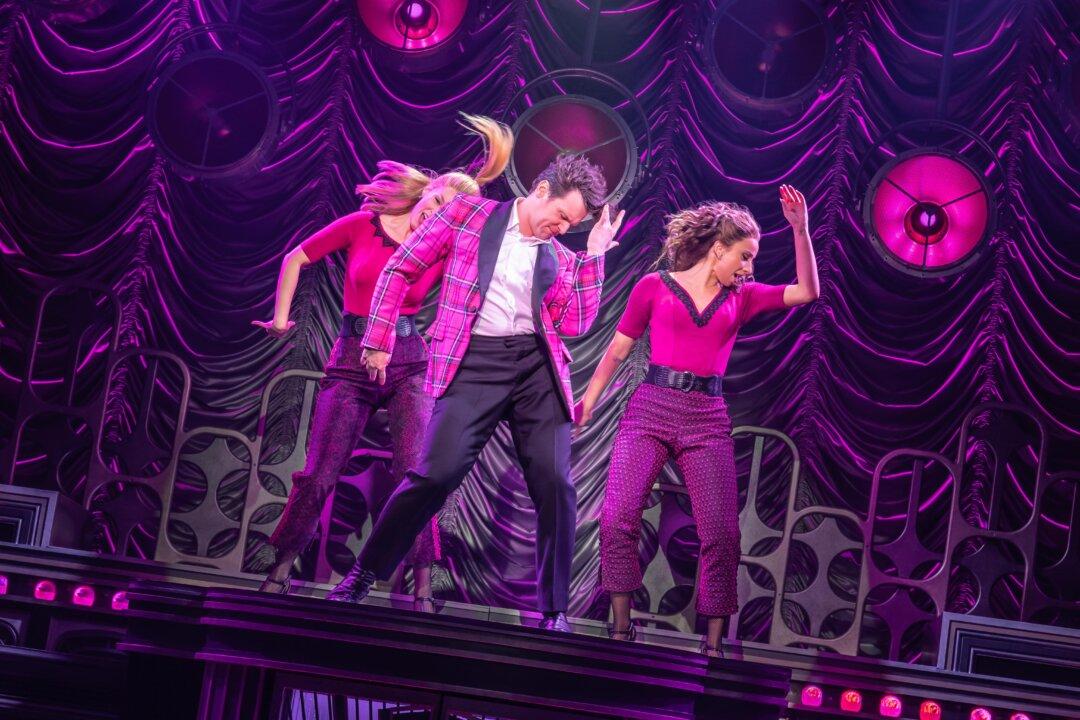NEW YORK—The music of Hoagy Carmichael (1899–1981) takes center stage in “Stardust Road.” Presented by The York Theatre Company at its temporary home at Theatre at St. Jeans, the show offers audiences the chance to experience some time-honored classics. Tunes which include “Ole Buttermilk Sky,” “In the Cool, Cool, Cool of the Evening,” “Lazy River,” and of course “Stardust.” All presented by an enthusiastic and talented cast.
Spanning several decades, the story begins “somewhere in Indiana” at the recently sold Stardust Roadhouse, where a group of friends gather to bid the place farewell. In short order we are introduced to Max (Dion Simmons Grier), the former owner; Clara (Sara Esty), who works there serving drinks; Bessie (Danielle Herbert), a flapper and so-called “good time girl”; socialite Gloria (Kayla Jenerson); Max’s friend Wallace (Mike Schwitter); ladies’ man Charlie (Cory Lingner); and Buster (Markcus Blair). Buster being a nervous sort wearing a college sweater and quite out of his element when it comes to the opposite sex.




